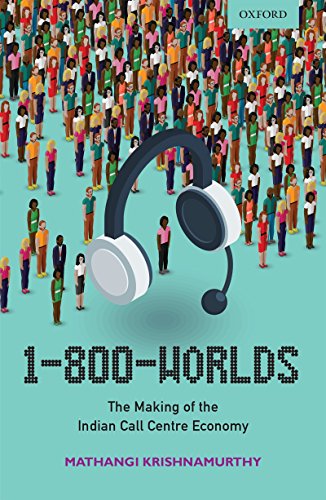Call Centres’ entered the Indian market in the late 90s, and since then have been an intriguing space for researchers, considering their crucial position as a conduit of ‘communicative capitalism’. Their success was instant and monumental¬—a quick glimpse into the numbers, in terms of export revenue brought by the Information Technology enable Service (ITeS) industry ($8.4 billion in 2006-7), as well as growth rate and employment (growth rate of 33.5% pa and employment provided to nearly half a million), gives us an estimate of their puissant presence in the Indian market.
However, a bulk of the research in the past two decades, on the off-shoring industry—also known as Business Process Outsourcing, or just Call Centres—has been classificatory, and seems to have left the call centre in a socio-political-economic vaccum. According to Deery and Kinnie’s (2002) evaluation of existing call centre literature, four themes emerge: a) Nature and organizational structure of call centres, b) Management strategies, c) Repercussion of call centre work on the employees, and d) Employee response to working conditions. Krishnamurthy, through her insightful work 1-800-Worlds, has raised questions that are related to the above themes, and additionally examined the ‘Call Centre World’, not essentially as an object of study in itself, but rather as a ‘context for application of analytical tools and concepts’.1
With 1-800-Worlds, Krishnamurthy has contributed towards the investigation of the Call Centre in the realm of Anthropology in a remarkable manner, and given a positive impetus to further research on similar institutions that negotiate between a historically located society and the forces of neo-liberalization.
The idea of ‘flexibility’, which can be understood as the social consensus in India regarding the need to ‘adjust’ to circumstances, no matter how difficult or even violent they may be, has been juxtaposed with the corporate aspiration of creating ‘flexible’ labour—one which is unfazed by time-space compression. This concept of flexibility has been the central tenet of the book, in order to understand how and why the call centre industry expanded to its current colossality in this country¬—‘Flexibility in this project is a mode of power’, and the urban Indian middle class (however heterogenous a group), had the cultural capital that enabled their acceptance of this particular mode of power.

